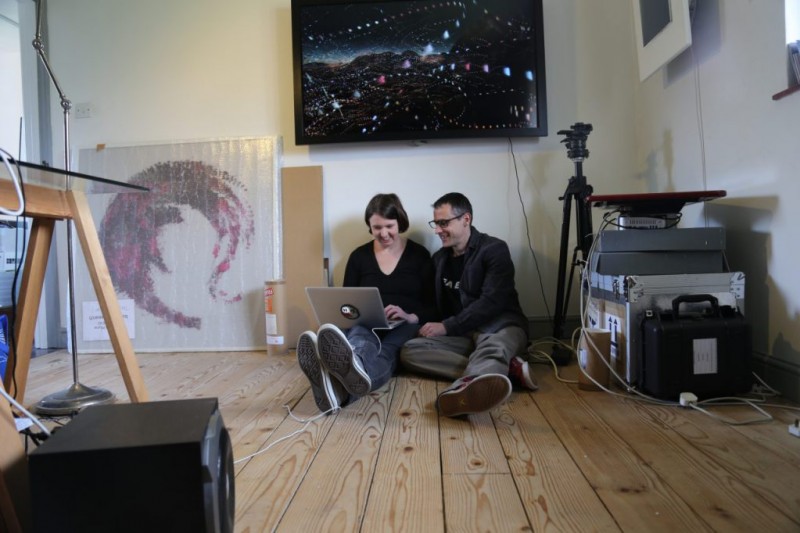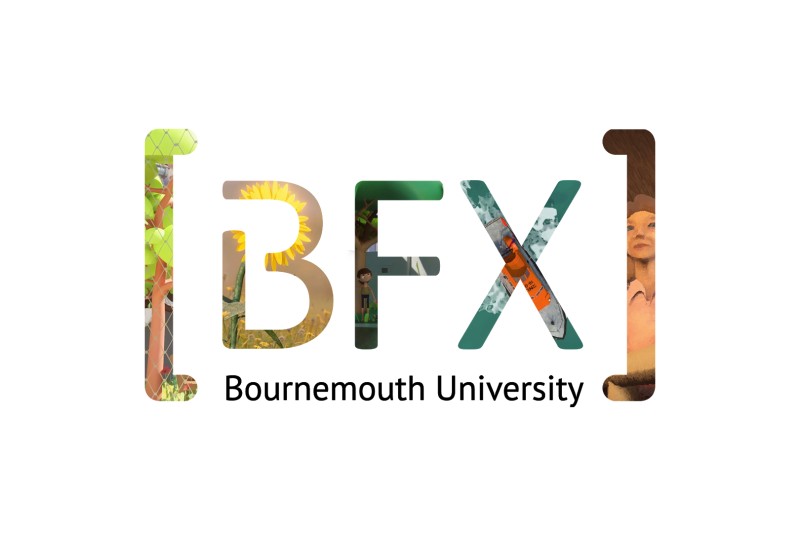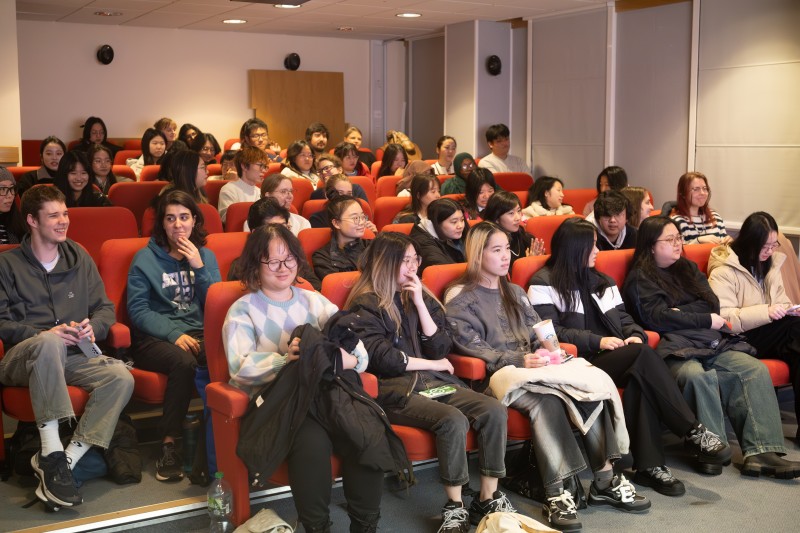Awarded the prestigious 2016 Lumen Prize Moving Image Award, AfterGlow is an innovative project in which science meets digital art to deliver boundary-pushing results.
A real-time 3D animation, it illustrates the dissemination of malaria as mosquitoes feed off a population of macaque monkeys on Malaysia’s Bangii Island, acting as a ‘natural reservoir’.
Quite apart from realising stunning visuals based on a real-world mathematical model of malaria transmission, the project provides demonstrative evidence of the possibilities of ‘T-shaped’ research. This is where researchers actively engage with other disciplines while simultaneously aiming for the highest achievements in their specialist fields.
In turn, AfterGlow has attracted global recognition. This includes touring internationally as part of the wider Silent Signal project, which brought together six artists to work with six biomedical scientists to create artworks that explore new ways of thinking about the human body.
Beyond its impact on audiences, AfterGlow provides a meaningful case study in exploring the ‘T-shaped’ model, constructive dialogue and transdisciplinary integration as a whole, and the impact this can have on research in other contexts.
Dr Paddy Brock
AfterGlow collaborator on the Cambridge Core blog
If models can catalyse [collaboration] across subjects as different as contemporary art and malaria research, perhaps they could be used more widely in science to facilitate constructive transdisciplinary dialogue.
Where it all started
Dr Paddy Brock was exploring the transmission of malaria when the agency Animate Projects approached him with details of the Silent Signal project, funded by global biomedical research charity the Wellcome Trust. Animate Projects teamed Dr Brock, who was then a Research Associate at the University of Glasgow and now works for the Department for International Development, with BU animation research lecturers Paul Smith and Vicky Isley to create what would ultimately become AfterGlow.
“We’re really interested in the mechanics of the natural world: the reasons, the rules, why things have a particular form, shape, or behaviour,” explains Paul, who along with Vicky collectively forms boredomresearch, an artistic partnership well-versed in using computational technology to explore extended timeframes. “With software and code we can create artworks that are also alive, and can grow in real time.”
Watch ‘AfterGlow [Susceptible, Exposed, Infected, Recovered]’
Three heads are better than one
Dr Brock visited Paul and Vicky at their studio, sharing with them images of a fieldwork study he was involved with on Bangii Island.
“Paddy started to talk about how little was known about how the macaque monkeys moved around and also the mosquito population,” Vicky recalls. “It was these unknowns that we started to become really captivated by, and how we could visualise them in a poetic way.”
Together, the trio produced AfterGlow and its illustration of how a landscape might look if the movement of infections were the only source of light.
The animation begins by presenting an island representative of Bangii, in the midst of twilight – mosquitoes’ prime feeding time. As darkness descends, glowing spirals emerge, visually representing the infected blood droplets that the insects carry in their bodies. The parasite Plasmodium knowlesi then develops in the mosquito which, if it lives long enough, can pass on the disease.
The spirals tumble into light trails, used to mimic the insects’ flight patterns as they dance over the island, infecting the (invisible) monkey population who are roaming the habitat for food.
Tessa Jackson OBE
Upon AfterGlow’s Lumen Prize win
In AfterGlow, art embraces science, with an extraordinary visualisation of a malaria infection transmission scenario… It is a memorable example of artists employing digital media to its full potential.
The narrative
Seemingly ‘shot’ from an autopilot camera, the viewer traverses the island from multiple perspectives: from the wave-fringed shores to its mountain peaks, watching as the terrain becomes engulfed in a mass of illuminated coils.
“We were very much trying to make our representation accurate in a way that would be scientifically relevant, and it was trying to understand the point at which we could grant ourselves some artistic freedoms, and to have to balance those with something that still had a meaningful relationship to the science,” Paul says. “At first that seemed like a daunting challenge, but it seemed to become easier as we progressed.”
The story, which is set to music, journeys through the different stages of infection, commencing with delicately spiralling cells of colour that form clusters, transitioning to malignant turbulence when infectious. Where the infection is most dense, dark blizzards of disease erupt, vividly expressing the complexity of this dangerous scenario.
“We want each audience viewer to have a unique experience of the work,” says Vicky. “But also to have that element of intrigue, so they’re quite curious by the work. What are these forms that they are seeing, which are quite abstract? That then allows them to spend some time with the work, and to want to know about the science which is embedded in that.”
Dr Brock, Paul Smith and Vicky Isley discuss the background and development of AfterGlow
AfterGlow’s aftermath
The many contexts in which AfterGlow and the films of Silent Signal have featured span a wide range of festivals, exhibitions, talks and workshops in the UK, Europe and the US.
They also appeared as a central case study in the Artience Daejeon 17 project, part of the British Council’s year-long UK/Korea 2017–18 Creative Futures event, aimed at increasing collaboration between Korea and the UK – a fitting platform for a project that shines a light on what can be achieved through collaborative processes.
“What working with boredomresearch on Silent Signal taught me is that the transition to constructive dialogue need not take the length of a career,” Dr Brock shares in his blog on Cambridge Core. “With our models as a central focus for discussion, the desire to achieve mutual understanding as our shared mission, and the support of progressive institutions, we made the ‘journey to T’ during the course of a single project.”
 Vicky Isley and Paul Smith
Vicky Isley and Paul Smith
